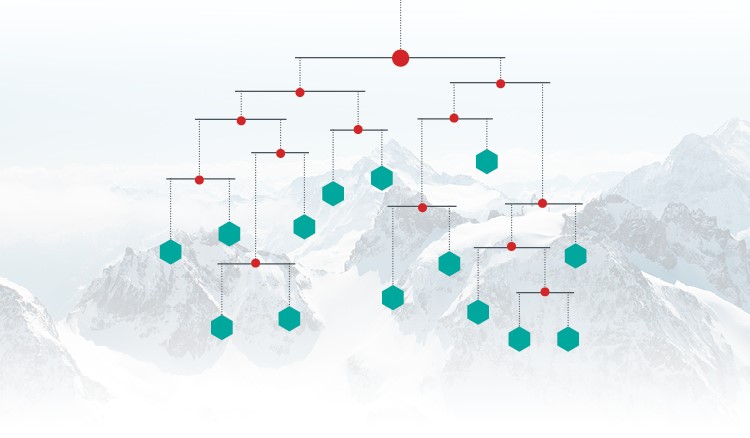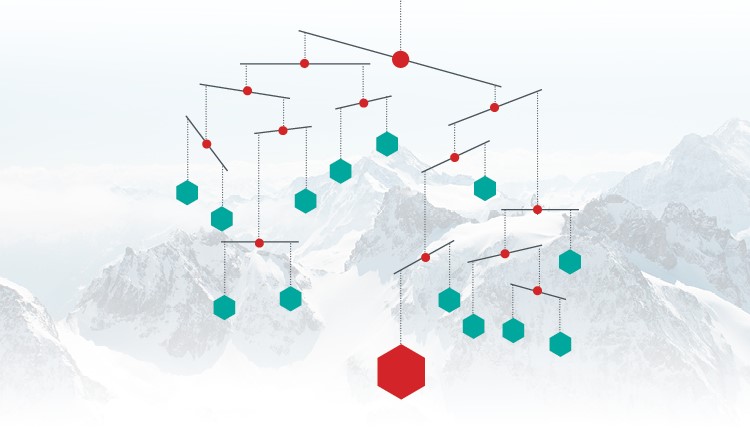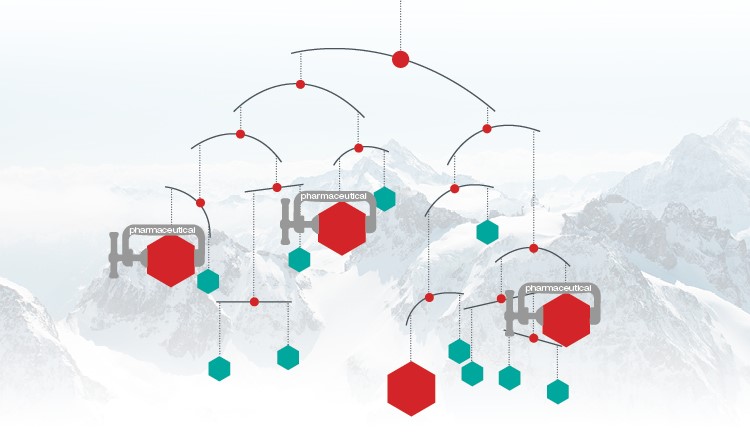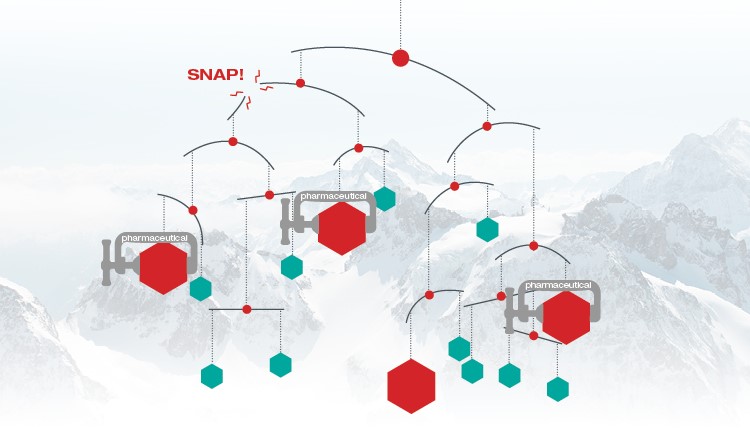Health is All about Balance - Homeostasis Made Clear
Last updated:
Published:
What is the definition of good health?
The quest to be in good health usually takes us to the gym every January, encourages us to try the next fad diet, and to abstain from drinking excessively. While some of these activities do indeed support good health, there is no one exercise, diet, or supplement that will encourage a continued state of good health. It is entirely possible to have a drink or two, skip the odd gym session in favour of a box set, and occasionally indulge in junk food. Why? Because good health is all about balance, or in regards to our human physiology, homeostasis.
Homeostasis is all about balance

Homeostasis is defined as ”the tendency towards a relatively stable equilibrium between two interdependent elements“. Sounds great, but in regards to how we live our lives everyday, what does it mean?
Think of the concept of day and night. You cannot have daytime without a corresponding period of night. Too much daylight and we would struggle to sleep and rest our bodies. A similar impact applies when the conditions are reversed. Without light, we would have perpetual darkness and plants would start to die. The best situation would be a balance of the two; although, naturally there will always be periods of extremes, like winter or summer. The same principles can be applied when trying to understand what homeostasis is and how it can be achieved.
The body is intricate in its design, and a common question about homeostasis asks, “Is there an aspect of our physiology that we should focus on?”. Homeostasis applies to our entire physiology. The mechanisms that operate within the body require balanced conditions to be in optimal shape. That is the true definition of good health, a state in which our body manages all its internal processes in equal measure.
Homeostasis requires us to balance multiple mechanisms
If we refer back to our example of day and night, although it fits the basic premise of homeostasis, it isn’t wholly accurate. Because while day and night considers only one variable, homeostasis takes into account hundreds of different mechanisms that are all intrinsically linked.
Instead of just one axis to balance, we have several. The image below gives you a better idea, with a visual representation of how our physiology operates. Think of the immune system as a hanging mobile.

Each axis now represents a different process. The rings suspended from each axis are our signalling molecules. They tell the body what to do depending on the internal system they are affiliated with. In our diagram, the example is our immune system, and the rings are cytokines—proteins that tell other cells what to do.
Our internal balance will change, but that is not a bad thing
If, by definition, homeostasis is a state of balance, and equilibrium is the key to a healthy mind and body, what happens if we tip the scales too far in one direction? Well, nearly all of you already know the answer. How did you feel the last time you came down with a cold? Tired, congested, struggling to concentrate?
Take the diagram of our physiology below. On the right-hand side, one of the rings has become agitated, a sign it has been infected with a virus, in this case the common cold. The ring has grown enraged, weighing down our immune system. Now, instead of the immune system being in a state of homeostasis, the entire mobile has shifted and will continue to oscillate as the body attempts to deal with the infection. The symptoms we experience as a result of the cold are created by the imbalance.

To restore balance, our immune system needs to adjust to get back to a state of homeostasis. Once the infection has been dealt with, each axis will stop fluctuating widely and calm down, reverting to a balanced state. Our body will always naturally try to return to a state of homeostasis, but it may differ from the original position, before the cold. This is called dynamic homeostasis. The human body does an excellent job of trying to mitigate these imbalances and, despite lots of movement as it deals with the issue, most of the time, harmony will be restored.
Pharmaceutical drugs tackle the symptoms, not the systems
We say most of the time because in the majority of cases, the common cold can be beaten without the need for supplements or drugs. Using medication to tackle specific conditions shouldn’t necessarily be avoided, but we should consider the impact it has on the body’s natural ability to restore a state of homeostasis.
In the same scenario above, we have contracted a cold, and the immune system is in a state of imbalance. Several rings have become agitated, and all of the cytokines linked to our immune system are currently trying to restore homeostasis. Except this time, we decide to take some pharmaceutical medication to deal with the infected cells. The medicine works, but it applies extra pressure to the axis of the cell it is dealing with. Pharmaceutical drugs are designed to deal with the symptoms, not always the system.

Now, rather than the entire immune system dynamically shifting to restore homeostasis, each axis begins to bow under pressure applied by the medication. Your whole physiology is under intense strain. Add in the event of a complication or another infection, and the weight is too much for our ”mobile“ to handle. An axis snaps. The rest of the immune system desperately struggles to restore homeostasis. However, because the swing is so extreme, incredibly damaging repercussions can occur.

Where possible, we should support the body’s natural ability to restore a state of homeostasis
A plant-based diet rich in nutrients and vitamins, a decent level of fitness, adequate sleep, taking care of mental health; all of these factors support the body’s natural ability to restore homeostasis. Just like the example of day and night, you cannot have one without the other. There will be periods of extended darkness. The key is to help the body restore its natural balance as quickly as possible. Our visual diagrams can be applied to any physiological process; the principle will remain the same. The key to good health comes down to balance!













